The FV1620 Humber Hornet (Official Designation: FV1620, Truck 1 ton, air portable, launcher, Hornet) was a modification of the FV1611 Humber Pig 1 ton 4x4 Armoured Car into an air portable anti-tank vehicle, carrying the Malkara missile.
The Malkara missile (Malkara translates as “Shield” from native Australian) was developed jointly with the Australians between 1951 and 1954, and entered service in 1958. Designed, initially, at the Government Aeronautical Research Laboratory, Australia, it was first tested in Australia and later at Lulworth Cove in Dorset.
The Hornet carried 2 Malkaras on a hydraulically operated launcher arm, with 2 reloads carried in stowage bins in the rear of the vehicle. The arm was lowered when the vehicle was manoeuvring and raised, to clear the cab, for firing. It could be transported by air in a Blackburn Beverley and air-dropped on a cluster of 6 special parachutes. It provided Airborne forces with a potent long range, mobile anti-tank system.
The Malkara missile had a 26 kg High Explosive Squash Head (HESH) warhead which detonated on impact and could destroy any tank in service at the time. The HESH warhead “squashed” against the armour of the target, forming a disc (or “cow pat”) that then detonated with a massive shock wave travelling though the armour until a void was reached (such as the inside of a turret) and then reflecting back, causing flaking of the armour plate - to devastating effect for any enemy crew inside.
The missiles were fired from under armour in the cab and were guided via wires trailing from the missile. Signals controlling the missile's flight were transmitted through the wire and the operator could make adjustments via controls in the cab and observing its flight to target. The missile could also be fired remotely, allowing the vehicle to be concealed whilst the operator took up position nearby with a clear line of sight.
In service the missile did not match the accuracy testing had promised and was also relatively slow and cumbersome being replaced by the Swingfire system mounted on Ferret scout cars from the late 1960s. The firing of the last Malkara missiles is remembered in the article below.
The Hornet was operated in the airborne role by The Parachute Squadron, Royal Armoured Corps, and their history is recorded here.
Hornet
Manufacturer: Humber
Weight 5.70 tonnes
Length 5.05m
Width 2.22 m
Height 2.43 m
Crew: 3 (Commander, Driver, Gunner)
Armor: 8-16 mm
Primary Armament: Two Hornet Malkara anti-tank missiles
Engine: Rolls-Royce B60 Mk 5A six cylinder gasoline engine
Range: 402km
Speed: 64 km/h on-road.
Malkara
Weight: 93.5 kg
Length: 1.9 m
Diameter: 203 mm
Warhead: 26 kg HESH
Engine: Solid rocket
Wingspan: 80 cm
Range: 4,000 metres
Guidance: Wire guided line of sight Steering

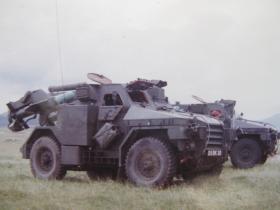
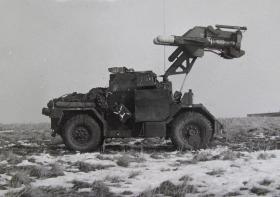
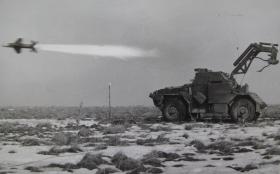
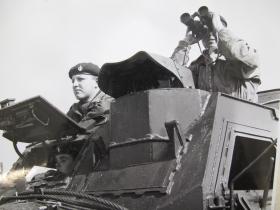
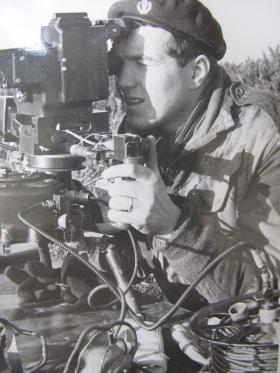
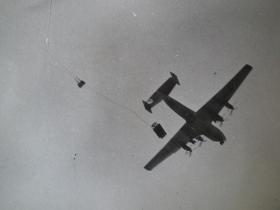
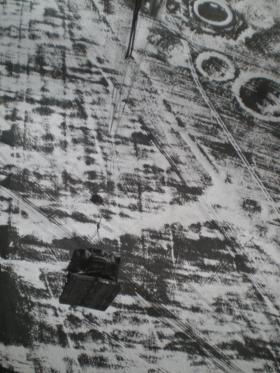
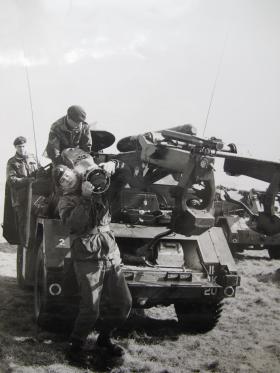
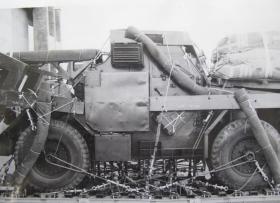
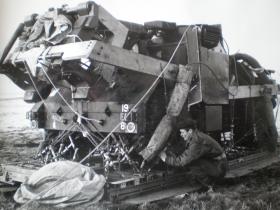
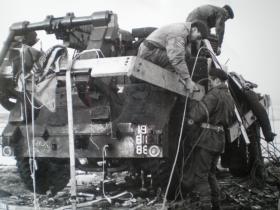
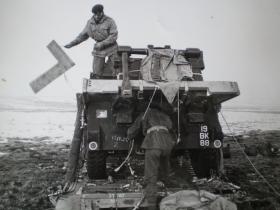
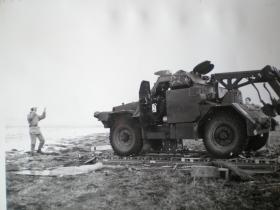
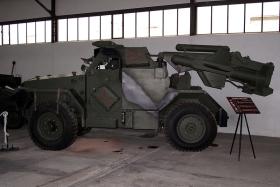
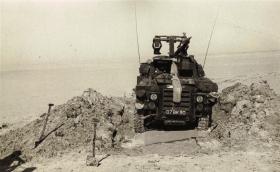
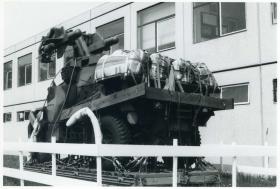
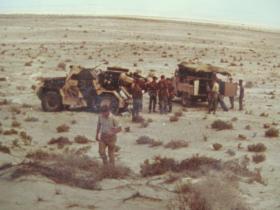
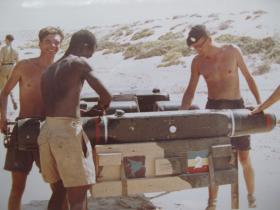
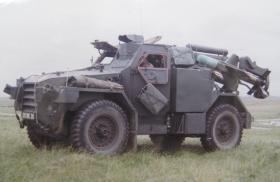
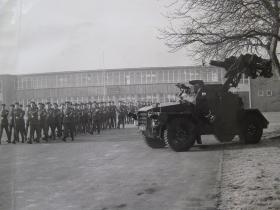




Latest Comments
There are currently no comments for this content.
Add Comment
In order to add comments you must be registered with ParaData.
If you are currently a ParaData member please login.
If you are not currently a ParaData member but wish to get involved please register.